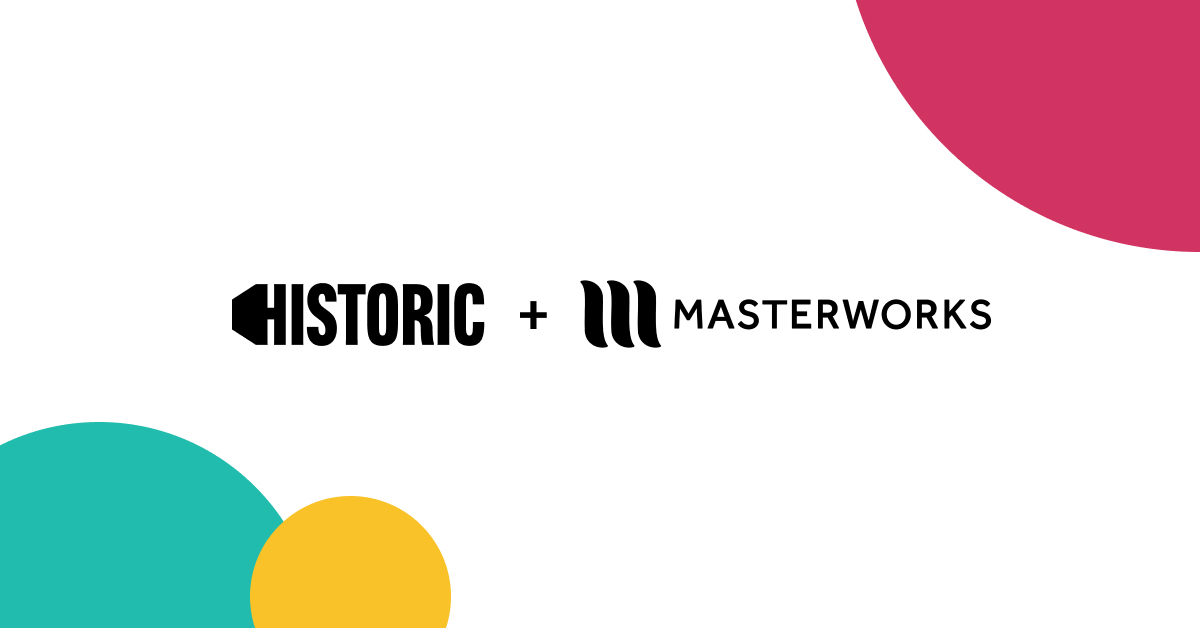On a scale of 1–10, how would you rate your problem-solving skills?
As a nonprofit leader, you’re no stranger to complex problems.
Your daily to-do list likely includes items related to reaching new audiences, navigating massive cultural shifts, upgrading your tech stack, and managing organizational change…
And then, there’s the biggest challenge to solve: how to effectively address the multi-dimensional social issues you and your team care about the most.
But are you using the right approach to solve these tough problems?
Because no matter what resources you dedicate to address a challenge, if you aren’t applying the right approach, you’ll simply waste precious time, money, and effort.
2 types of challenges: technical and adaptive
Some challenges have clear-cut, well-defined solutions. You bring in the right expertise, planning, or resource… and the problem is usually fixed.
Let’s say the elevator in your office building breaks. You call building maintenance. They bring in an elevator technician. You apply your resources (that is, money) to the person applying their skill. And the elevator is back up and running relatively quickly.
These types of challenges are technical. They have easy, linear, silver-bullet solutions.
Other challenges are messy and multi-dimensional. They’re marked by more ambiguity… not only around the problem but also around the solution.
These are adaptive challenges. Unlike technical problems, they typically aren’t solved quickly through the direct application of resources or skills. Adaptive challenges are much harder to navigate. There’s no clear, silver-bullet solution, especially because they involve multiple stakeholders and evolving contexts.
But here’s the kicker: For nonprofits, adaptive challenges are often the ones most worth solving.
The right approach for the wrong problem
Given their complexity, adaptive challenges require an entirely different problem-solving approach than technical challenges do.
Yet so many leaders try solving adaptive challenges with technical solutions.
“The most common leadership failure stems from trying to apply technical solutions to adaptive challenges,” says leadership guru Ronald Heifetz in The Practice of Adaptive Leadership.
Need an example? Here’s one nearly every nonprofit is grappling with right now: the massive, generational shift in how people give.
As you know, Millennials and Gen Z are activated to give in very different ways than those before them. And there’s no perfect formula for turning these younger generations into donors and volunteers.
It’s a prime example of an adaptive challenge where a technical approach won’t work.
Yet so many nonprofits are approaching Millennials and Gen Z with technical solutions, throwing their resources into applying the same old donor tactics to reach them. It’s like installing a sophisticated security system on your car while it’s speeding toward a cliff. Instead, what you really need to do is hit the brakes, pivot, and find a better route.
Because certainly there’s a better path, right?
How to solve adaptive challenges
Tackling adaptive challenges requires a shift in mindset.
Abandon the idea of a quick-fix, silver-bullet solution.
Embrace the long game, because the ambiguity surrounding adaptive challenges can take a while to navigate and bring in the lasting results you want.
Agile thinking for your most complex problems
Adopt an agile mindset that allows you to iterate on a solution.
Try these steps:
- Slow down and stop looking for a quick solution
- Gather your smartest people to research the problem
- Break it into smaller, more manageable parts
- Create and test a solution
- Iterate, get feedback, and adjust
- Test, and repeat
If this seems like a slow slog, then you’re right. It is.
But the outcomes are worth it.
You’ll end up with a winning solution… instead of wasting time, money, and staff on an ineffective technical solution for a non-technical problem.
Use an agile approach to your adaptive challenges, and you’ll solve your most complex problems with success, and you’ll help your organization get better at what you do.













